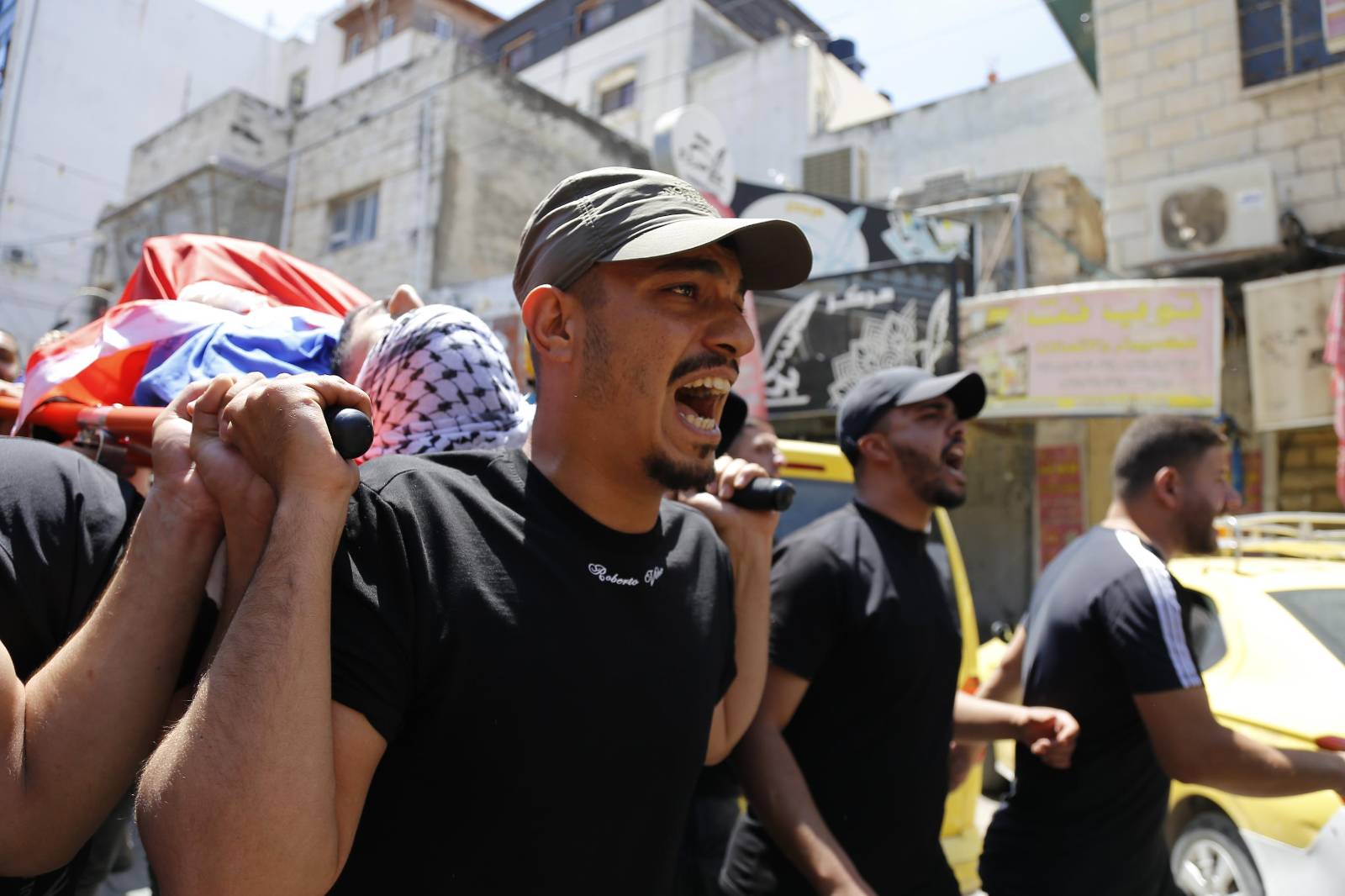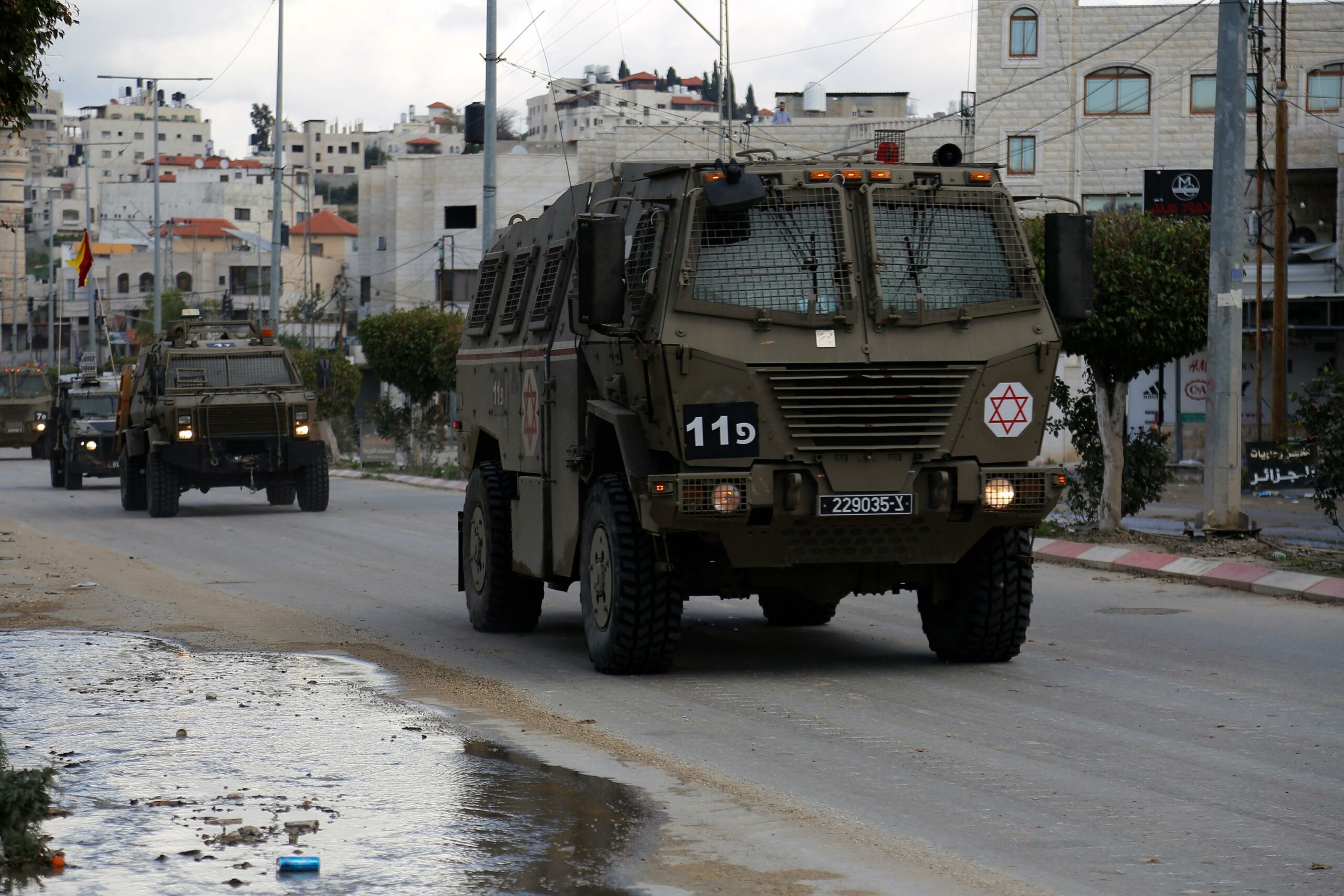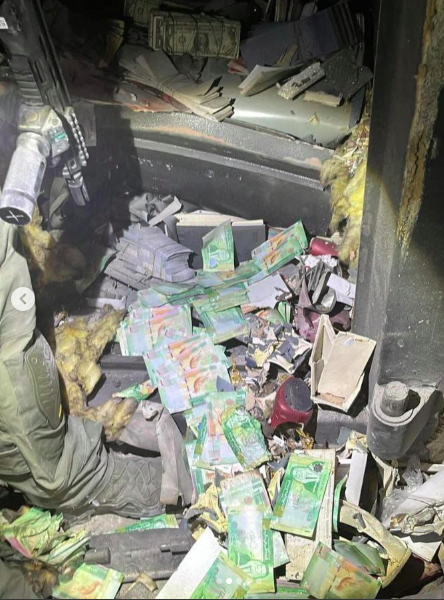Category: Photo Story
-
Three martyred and five wounded in Tulkarem
By Diana Khwaelid Three Palestinian men were martyred and more than five Palestinians were wounded during the Israeli occupation’s invasion of Tulkarem. The city of Tulkarm in the northern West Bank has witnessed dozens of incursions by the Israeli occupation forces recently. Since 7th October, the number of martyrs of the city of Tulkarm has…
-
Destruction and siege: Tulkarm and Nur Shams camps under attack
4 January 2024 | International Solidarity Movement | Tulkarm By Diana Khwaelid On the night of Tuesday, January 2, the Israeli occupation carried out a new incursion against the residents of the city of Tulkarm and its two refugee camps. Tulkarm camp was turned into a place unsuitable for living, and Nur Shams camp was besieged…
-
Unprecedented Coordinated IOF Attacks in West Bank
Early this morning, between 1:00 am and 6:00 am, Israeli Occupation Forces invaded several cities across the West Bank. Of the 11 Palestinian governorates in the West Bank, 7 were invaded in a coordinated attack. Clashes were documented in Jenin, Hebron, Qalqilya, and Ramallah, with reports of invasions in Tulkarem, Nablus, and Jericho. Invasion forces…



